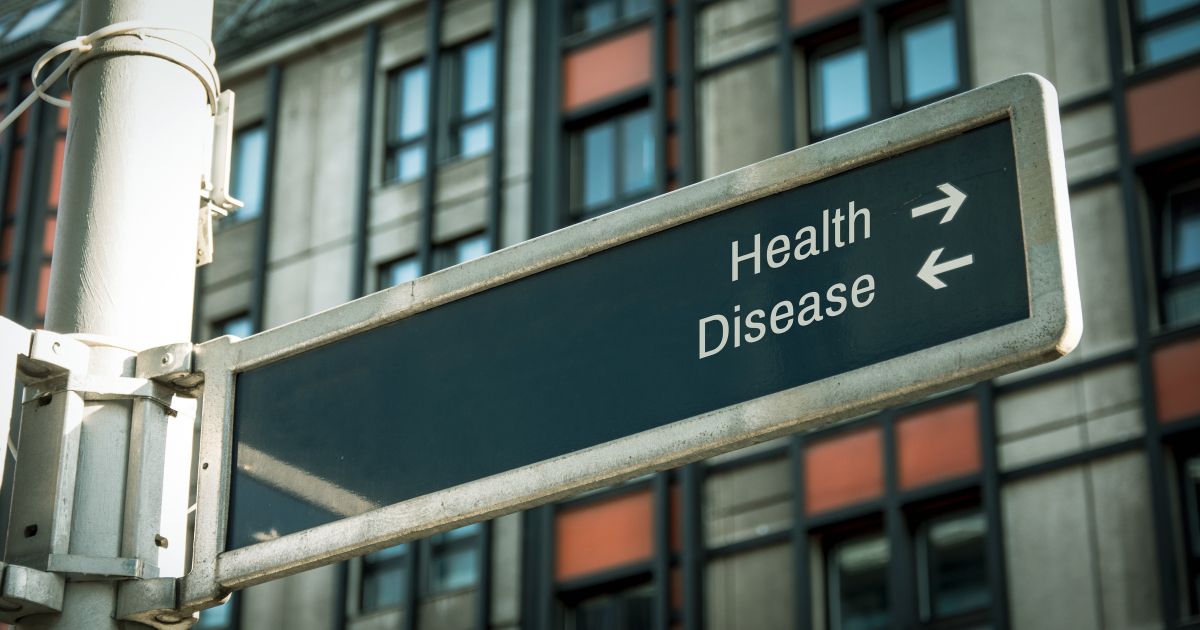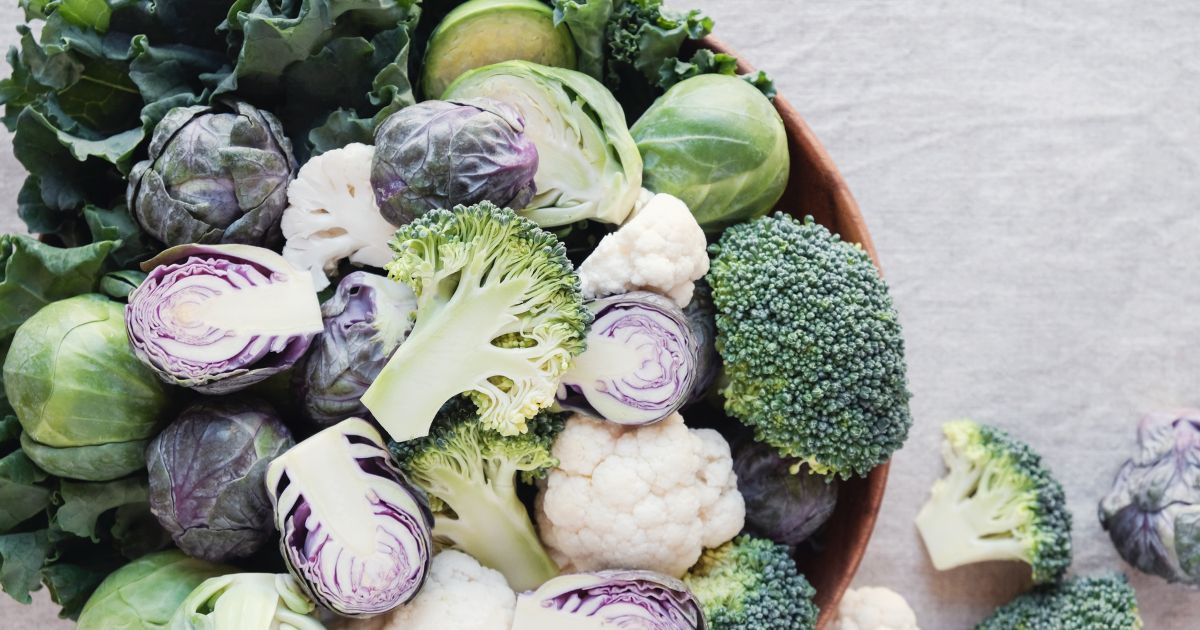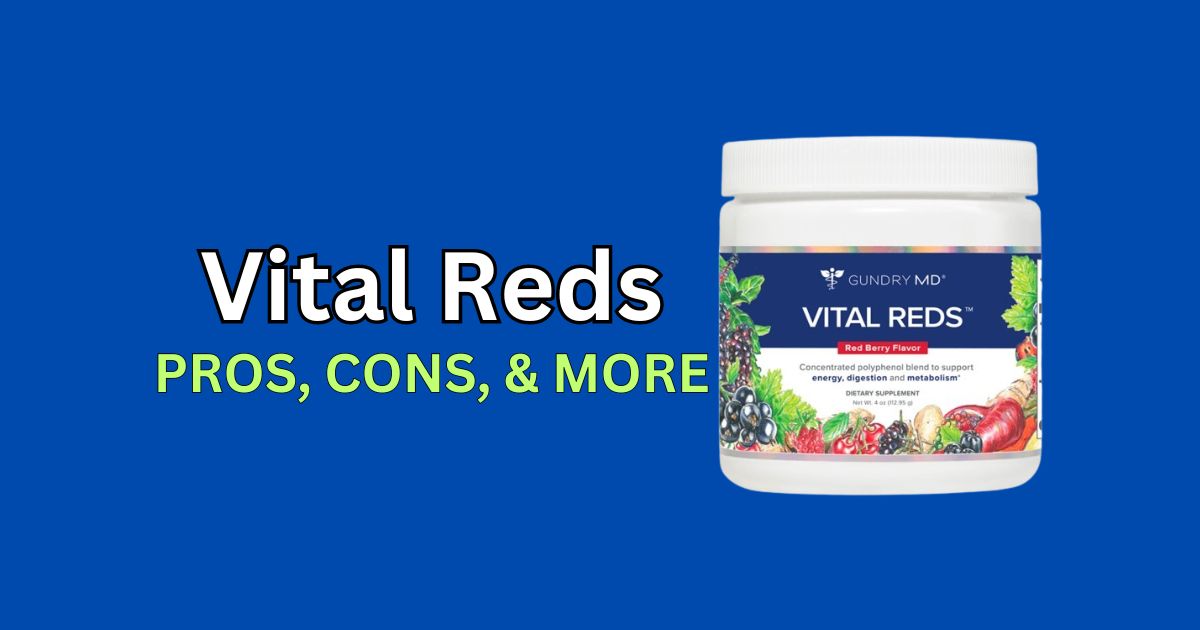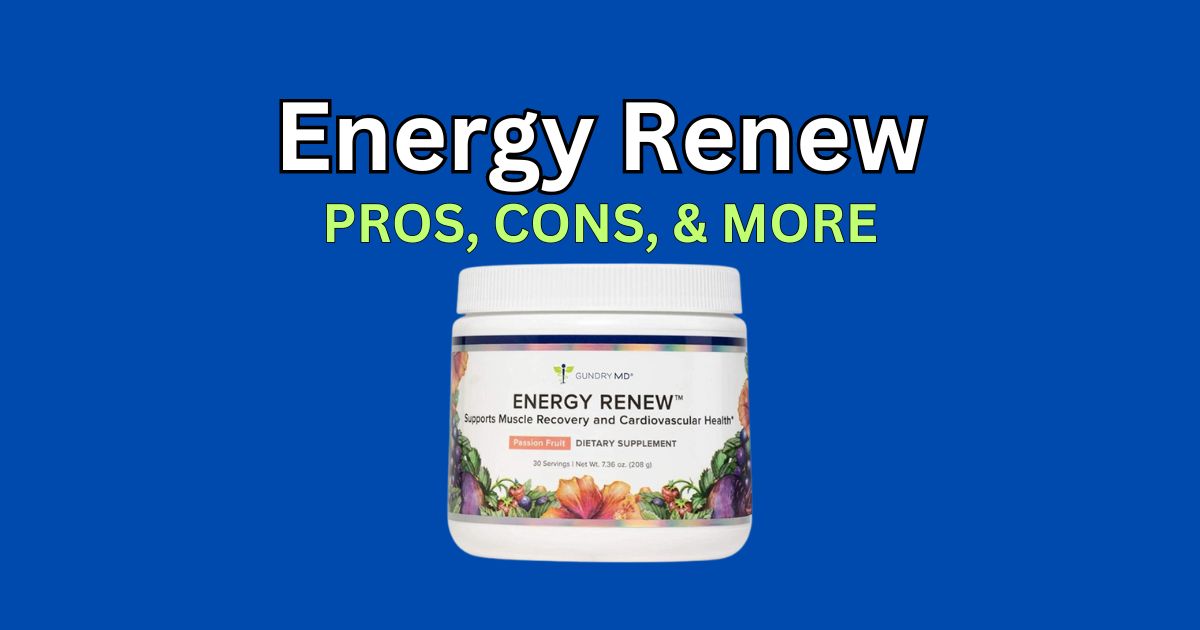Which Plant Foods Have Lectins? Uncovering the Facts
October 26, 2023

Are you fed up of seeing the newest, fashionable diets that promise an instantaneous cure to all your health issues? It’s time for us to look past this hype and study lectins. A kind of proteins which are located in many types of plant foods. Could these proteins be associated with various medical conditions or will they really prove helpful as we try achieving optimal well-being? We’ll get into detail about what exactly lectins do along with their effect on our health while also exploring how one can go through life following a strictly ‘lectin free diet’.
Key Takeaways
- Lectins are proteins found in plant foods, with some associated with both positive and negative impacts on health.
- Preparation methods such as soaking, sprouting, boiling and fermenting can reduce lectin content to minimize potential adverse effects.
- A lectin-free diet may offer potential health benefits but should be balanced against nutrient deficiency concerns. Alternative low-lectin vegetables, gluten free grains and legume substitutes provide a nutritious option for avoiding the risks of high levels of dietary lectins.
Lectins in Plant Foods: A Comprehensive List
Raw kidney beans are known to have a high lectin content and thus, can cause food poisoning. Certain plant foods such as nightshade vegetables, grains, legumes and beans also contain dietary lectins which is why it’s important for us to make sure we know how these should be prepared in order get all their health benefits while reducing the potential risks involved. There still exist many nutritious foods that offer positive impacts on our immune system including plant lectins found within them that contribute towards its nutritional value when consumed with awareness of the associated Lectin content. Hence promoting digestive tract well-being too!
Nightshade Vegetables
Nightshade vegetables, including tomatoes, potatoes and eggplants are full of lectins which can block digestive enzymes leading to gastro-intestinal distress. On top of this they contain solanine which has been linked with exacerbating rheumatoid arthritis symptoms. So is it best to avoid these nutritionally rich foods altogether?
This answer isn’t a simple one as nightshades also offer many advantages for health, although individuals suffering from eitherlectin sensitivity or autoimmune ailments such as RA might want to consider having an alternative intake pattern or enjoying in moderation instead. In the end personalizing dietary decisions based on individual requirements remains paramount when weighing up pros and cons in order to make informed choices regarding nutrition
Legumes and Beans
Legumes and beans are nutrition-rich plant foods, yet their raw forms contain an abundance of lectins. Uncooked lentils can hold up to 600 Hau while kidney beans store from 20,000 – 70,000 hau! This means it is crucial to properly prepare these items in order to reduce the presence of this protein which could prove otherwise harmful if ingested. Fortunately boiling or pressure cooking them has been found effective when reducing levels as well as providing a tasty meal at the end of it all. Preparing raw legumes with good technique allows us reap nutritional benefits without suffering any consequences due to excessive amounts of lectin contained within those such as raw kidney beans for instance.
Grains
Grains, such as wheat and other gluten-containing grains are rich sources of lectins. For example: raw wheat germ which carries up to 300 mcg of the specifically named wheal lectin per gram. Both barley and rye containing an abundant level of said element since they contain gluten too. As these cereals/grains constitute a great part in many people’s meals, it brings issues concerning their effect on our health due to its presence.
Research made indicates that grain related lectins can trigger immune system cells To affecting different facets like celiac disease obesity or autoimmune illnesses – though with certain preparations including cooking fermentation or sprouting techniques -it may be possible reduce levels offered by most groups effectively while still having access from its nutritional value.. Knowing when you use what type is key here for those looking benefit positively from this particular component without seeing more significant downsides linked therewith
The Role of Lectins in Health and Disease

The potential of lectins for both illness and health is a perplexing matter. Studies have shown that they can cause autoimmune problems, instigating an immune reaction as well as inflammation in the body. Reports suggest that intake of these compounds may lead to abdominal pain, weight gain, and other digestive challenges. Despite this There are signs indicating certain varieties might bolster immunity levels while aiding with digestion too.
This has resulted in increasing numbers turning towards a lectin-free diet. Claiming it produces desirable outcomes such as improved gut function plus decreased chance of developing chronic illnesses all whilst losing excess pounds at the same time! Nonetheless caution should be taken when excluding food items containing Lectins from one’s nutrition plan completely, since many plant based foods possess them naturally yet offer plentiful benefits besides including boosting your immune system strength..
It’s essential to know which edibles contain high amounts so you make informed choices balancing between receiving advantages from consuming veggie products without being subjected undesired effects caused by their own attributes. To do this examining lectin content properly alongside taking into account individual needs could turn out fruitful afterall!
Autoimmune Diseases
The possible involvement of lectins in various autoimmune diseases, such as lupus and multiple sclerosis, has stirred debate. Studies have revealed that these molecules may play a role in rheumatoid arthritis and type 1 diabetes. More research is needed to better comprehend the relationship between them.
It appears that when consumed excessively they can lead to inflammation by sparking an immune response. They could cause nutrient deficiencies or harm the digestive system which subsequently results in disorders like celiac disease or other ailments connected with autoimmunity issues.
Weight Gain and Loss
When it comes to lectins and weight management, the relationship is complex. While there’s no scientific proof that a lectin-free diet alone aids in losing weight, consuming legumes, nuts as well as whole grains (all high on the list of foods with high levels of this compound) have been linked to lower rates of chronic disease such cardiovascular diseases and even being able to maintain or lose some pounds. Lowering intake significantly on sugary snacks along with certain starch meals may enhance insulin sensitivity while potentially preventing undesired fat accumulation over time. Although more research needs be conducted into how exactly much influence these substances hold concerning our figure goals. Consequently we can understand better that their sway isn’t directly linear regarding hitting those anticipated targets when it involves bodyweight manipulation..
Digestive Issues
Those with pre-existing digestive problems or known sensitivity to lectins can suffer from unpleasant gastrointestinal effects if consuming an excessive amount of active lectins. Abdominal pain, bloating, gas and diarrhoea have all been observed as potential issues related to ingesting high levels of such compounds.
Anyone suffering chronic digestion ailments should consult a healthcare professional for advice on how best reduce their exposure through personal dietary restrictions guided by qualified nutritionist in order to improve overall health and wellbeing while avoiding Irritants.
Reducing Lectin Content Through Cooking and Preparation

Knowing how to reduce lectin content in high-lectin foods is critical due to the potential hazards associated with them. Cooking these plant items is a great way of diminishing toxins, and there are several techniques that can be used for this purpose, including soaking, sprouting, boiling under pressure or fermenting as well as peeling off certain skins. To guarantee you get all their health benefits without any risks attached, it’s important to learn about proper cooking methods when preparing such meals.
Soaking and Sprouting
Soaking and sprouting are methods to minimize lectin levels in legumes and grains. Soak time should be several hours long, with FDA suggestions for beans being 5 hour soak plus a 30 minute cooking session. It has been proven that using distilled water during the soaking process noticeably reduces active lectins present in seeds.
Adding these techniques into your meal preparations can not only ensure more safety but will improve enjoyment of consuming such foods as their lessened lectin content increases palatability too.
Boiling and Pressure Cooking
Boiling and pressure cooking are two methods that have been proven to be effective at decreasing the levels of lectins in beans as well as other foods that contain high amounts of lectin. This is achieved by disrupting or breaking down these substances, Making them less active or strong. When boiling legumes for no less than 10 minutes it has been seen to significantly reduce their overall lectin content. With more extended periods potentially leading to a Reduction in its strength.
7.5 mins within a pressure cooker should do when dealing with beans whereas lentils would need around 15minutes within such an appliance so to lower its lecturer content effectively To ensure you can eat your meals safely whilst also enjoying all aspects thereof, utilizing both boiling and pressurizing will lessen any potential hazards due having dangerous amounts of Lectins present..
Fermenting and Peeling
Fermentation and peeling are two techniques that can reduce lectin levels in some plant foods. During the fermentation process, friendly bacteria may digest 95% of lectins present within a food source. Items such as soybeans, lentils, potatoes wheat germ and peas have been known to respond positively to this method. Another way is by removing outer skins or husks from food products which often house high concentrations of lectins, for example when it comes red kidney beans their protective coatings contain considerable amounts of these proteins so eliminating them helps cut down on consumption intake. Ultimately combining both processes has potential benefits against possible adverse health effects associated with consuming too many high-lectin containing dishes if implemented correctly.
The Lectin-Free Diet: Pros and Cons

Considering the possible health advantages that may arise from following a lectin-free diet, such as improved digestive well-being and reduced inflammation, it is important to evaluate both the pros and cons before making dietary decisions. Gaining an understanding of how these molecules play a part in human physiology can aid in this process.
One way to minimize levels of lectins while still enjoying nutritious plant foods could be by implementing certain techniques for reducing their content in meals. Nonetheless all components should be taken into account when creating balanced diets suitable to one’s particular needs. Adequate knowledge on specific nutrition information regarding each food item consumed will help ensure continued good health even without restricting consumption of those substances usually deemed safe but which contain high amounts of lectins.
Potential Health Benefits
Adopting a lectin-free diet could potentially provide some health advantages such as improving digestion and reducing inflammation. These benefits can, in theory, lead to weight loss and other positive outcomes for certain individuals. The research backing these claims is still lacking so Study needs to be done on this topic.
It should also be noted that not all lectins are bad since many plant-based ones have immune system boosting properties along with promoting good digestion while offering nutritional value too. By understanding which foods contain high levels of them we’re able to make conscious decisions when it comes down our diets whilst maintaining balance between enjoying their nourishing attributes yet avoiding any potential negative effects from consuming excessive amounts of Lectins .
Nutrient Deficiency Concerns
When following a lectin-free diet, it is imperative to ensure adequate nutrient intake as eliminating foods high in these compounds can result in reduced consumption of vitamins, minerals and other nutrients. High-lectin options such as legumes and grains should still be included into the diet when possible due to their nutritional benefits like providing fiber, antioxidants and plant based proteins, Correct preparation techniques must be used for safety reasons. Eating healthy food while on this plan also remains key. Removing lectins shouldn’t come at the expense of one’s health or wellbeing!
Alternatives to High-Lectin Foods
If you are considering a lectin-free diet, it’s vital to be mindful of alternatives for foods high in lectins. Integrating lower-lectin vegetables and gluten free grains into your meals can provide the health benefits of plant foods without worrying about potential adverse effects from those containing higher amounts of lectins.
It is important to remember that not everyone may need this specific type dietary restriction. Gaining an understanding on which food products have elevated levels of them as well as how best prepare them may allow for knowledgeable decisions between incorporating beneficial plants while also avoiding any possible drawbacks they could bring with themselves.
Low-Lectin Vegetables

Low-lectin vegetables are a fantastic way to get essential nutrients while avoiding the potential negative impacts of consuming lectin rich foods. Cruciferous veggies, such as broccoli and cabbage, leafy greens like celery and green lettuces can all be included in a diet that is completely free of lectins. By adding these low-lectin produce items into your meal plan you will reap their health benefits without suffering from adverse effects associated with higher levels of lectins found in some food sources. Preparing them appropriately ensures maximum nutrition intake whilst minimizing any chances of ill side effects caused by eating high amounts foods containing this compound.
Gluten-Free Grains
Those on a lectin-free diet, which is similar to gluten free diets, can enjoy the benefits of grains like millet and sorghum without worrying about side effects. These two are particularly low in lectins compared to wheat and other conventional grain choices. To these two options, quinoa, buckwheat or amaranth may also be included as part of this type of food plan. Millet does not contain any detectable amount whereas sorghum has no traces whatsoever so either one will do depending on personal preference when it comes to taste and texture profiles among others considerations when preparing meals incorporating such ingredients into recipes accordingly for desired results.
Legume Substitutes
By including legume substitutes, such as pumpkin seeds and sunflower seeds in your diet you can still enjoy a nutritious meal without the worries of high lectin content. Flax seed, sesame seed, and poppyseed are some additional examples which also offer excellent nutritional benefits to those avoiding legumes. Although almonds and walnuts contain lectins too they Have lower concentrations than most beans making them an acceptable substitute for many meals plans. With these options available it is possible to obtain nutrients from healthy sources while protecting yourself against any potential negative health implications caused by excessive consumption of dietary lectins.
Summary
It is possible to enjoy the nutritional benefits of plant foods while avoiding potential negative effects by gaining an understanding of lectins and how they relate to health, preparing high-lectin foods correctly, and introducing suitable alternatives into your diet. It’s important to be aware of one’s individual needs when making dietary decisions so that a balance between beneficial nutrition and minimized harm can be achieved.
Frequently Asked Questions
What plant foods are high in lectins?
Whole grains, such as wheat, along with legumes like beans, peas, lentils and soybeans plus peanuts are all high in lectins.
What plants have no lectins?
Cruciferous vegetables, celery, cooked sweet potatoes, leafy greens and mushrooms all have low lectin levels making them suitable for a lectin free diet. Avocados, asparagus garlic can be included too in the said diet.
What plants does Dr Gundry say to avoid?
According to Dr. Gundry, it is best for people’s health if they avoid eating nightshade vegetables such as tomatoes, potatoes and eggplant, legumes like peas and beans, many fruits including goji berries. Most seeds and nuts, A-1 dairy products along with some other oils like grapeseed oil, corn oil, peanut oil or cottonseed/sunflower/canola oils.
What are the 3 foods Dr Gundry says to avoid?
For better gut health, Dr. Gundry suggests eliminating refined starches, sugars and sweeteners from one’s diet as well as soy products. Nightshades such as tomatoes and bell peppers should not be consumed due to their lectin content. Beans, legumes grains along with most dairy are also discouraged .
What are lectins, and why should I be concerned about them?
It is essential to be aware of which plant foods contain lectins and know how to properly prepare them, since these proteins can cause digestive disturbances in certain people. Lectins are found widely in many types of plants, so it’s important for individuals who may suffer such effects from eating them to understand the right ways they should handle food preparation.




